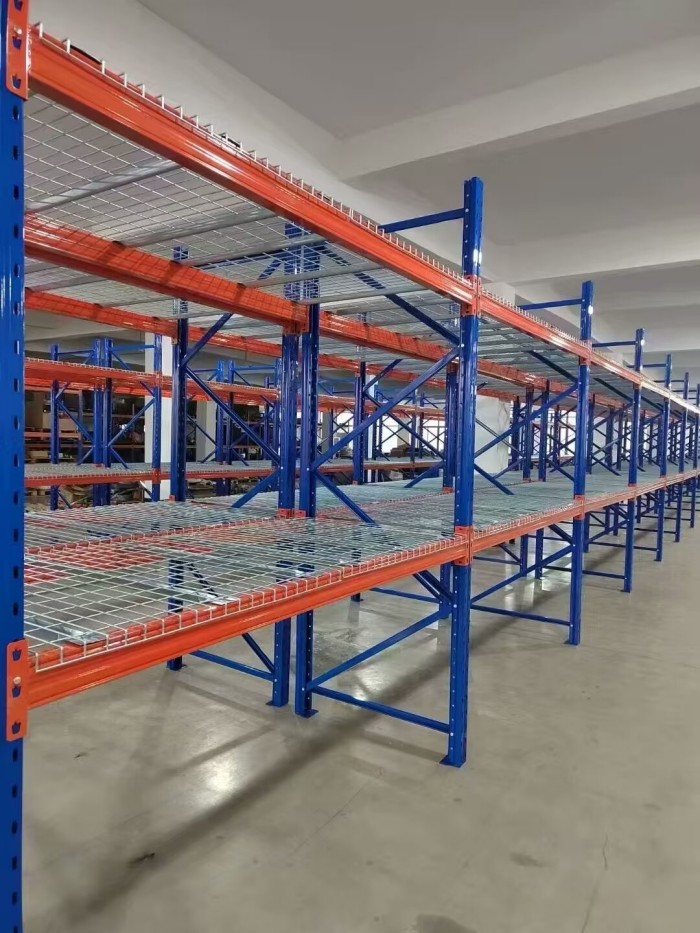Unveiling the Drawbacks of Cement Plastering: A Comprehensive Analysis
Cement plastering is a widely used technique in the construction industry for providing a smooth and durable finish to walls and ceilings. While it offers several advantages, it is crucial to understand the potential disadvantages associated with this method. In this blog post, we will delve into the drawbacks of cement plastering, shedding light on its limitations and providing valuable insights for both professionals and homeowners.
- Limited Flexibility:
One of the primary disadvantages of cement plastering is its lack of flexibility. Unlike other plastering materials, such as gypsum or lime, cement plaster tends to be rigid and prone to cracking over time. This rigidity makes it less suitable for areas with frequent structural movements, such as earthquake-prone regions. Additionally, it may not be the ideal choice for curved or irregular surfaces, as achieving a smooth finish can be challenging. - Susceptibility to Moisture Damage:
Cement plastering is vulnerable to moisture-related issues, which can lead to significant damage if not addressed promptly. The inherent porosity of cement allows water to penetrate the surface, leading to efflorescence, mold growth, and even structural deterioration. To mitigate this disadvantage, proper waterproofing measures, such as the application of sealants or moisture barriers, should be employed. - Time-Consuming Application Process:
Compared to other plastering methods, cement plastering requires a longer application process. The preparation of the surface, mixing of the cement, and the subsequent application and curing stages can be time-consuming. This drawback can result in project delays and increased labor costs. Professionals must carefully plan and allocate sufficient time for the plastering process to ensure a satisfactory outcome. - Limited Thermal Insulation:
Another drawback of cement plastering is its relatively low thermal insulation properties. Cement is a poor insulator, meaning it does not effectively regulate temperature variations. This can result in increased energy consumption for heating or cooling purposes, leading to higher utility bills. To overcome this limitation, additional insulation materials or techniques, such as external cladding or insulation boards, may be required. - Environmental Impact:
Cement production is known to have a significant environmental impact due to its high carbon footprint. The manufacturing process releases large amounts of carbon dioxide, contributing to greenhouse gas emissions and climate change. As conscientious consumers, it is essential to consider the environmental implications of using cement plastering and explore alternative eco-friendly options whenever possible.
Conclusion:
While cement plastering offers numerous benefits, it is crucial to acknowledge its drawbacks to make informed decisions in construction projects. The limited flexibility, susceptibility to moisture damage, time-consuming application process, limited thermal insulation, and environmental impact are all factors that should be carefully considered. By understanding these disadvantages, professionals and homeowners can explore alternative plastering methods or implement appropriate measures to mitigate the associated challenges, ensuring a successful and sustainable construction outcome.






